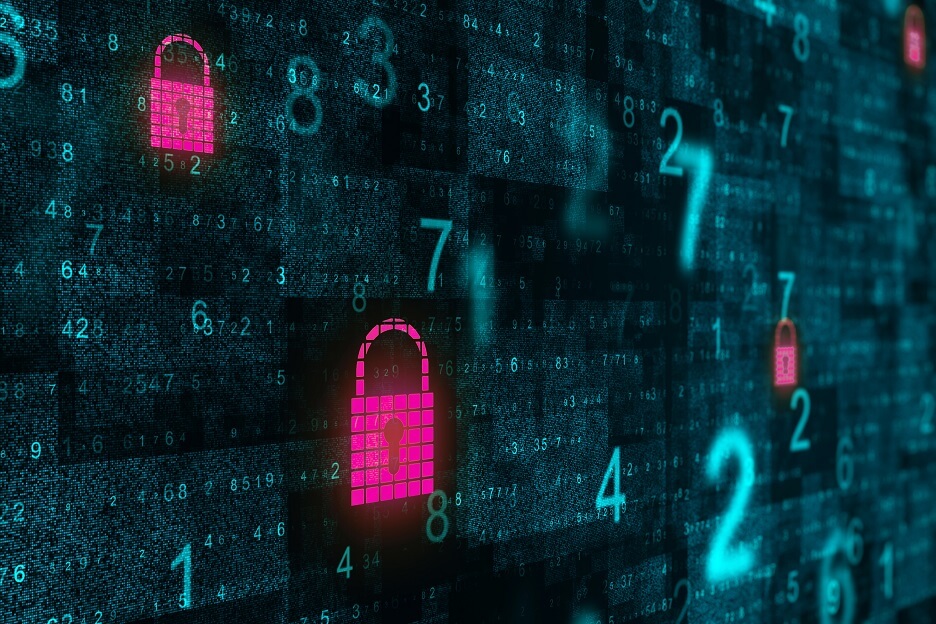In this article you will read about,
- which malware will pose a particular threat to IT security in the future
- why enterprise applications are increasingly becoming the target of ransomware hacker attacks
- how bug bounty programs, honeypots, and vulnerability scanners support the fight against cyber crime

